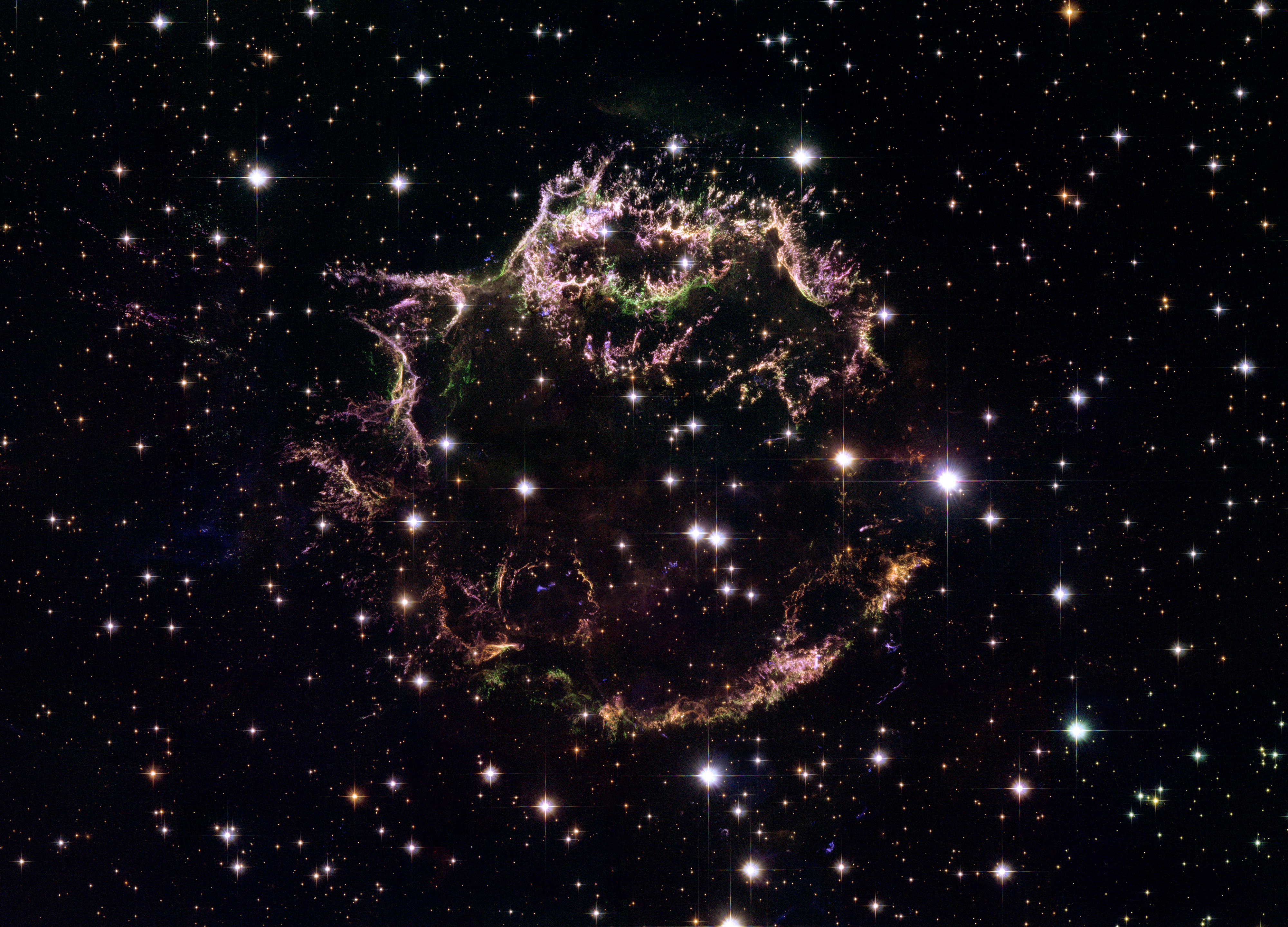
Every now and again our Milky Way galaxy is lit up by a huge explosion. Known as a supernova, this violent event marks the death of a supergiant – a heavyweight star which is many times bigger than the Sun. One of the last supernovas in the Milky Way took place about 340 years ago in the constellation of Cassiopeia, so it is known as Cassiopeia A (Cas A). Why are Supernovas important? Like people, stars are born, they grow old and they die. Their birth places are huge, cold clouds of gas and dust, known as 'nebulas'. The most famous of these is the Orion nebula, which is just visible with the unaided eye. These clouds start to shrink under their own gravity. As the cloud gets smaller, it breaks into clumps. Each clump eventually becomes so hot and dense that nuclear reactions begin. When the temperature reaches 10 million degrees Celsius, the clump becomes a new star.